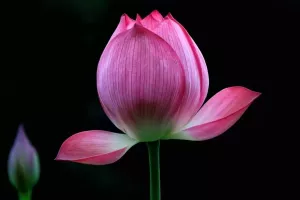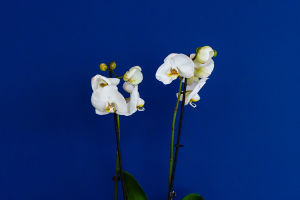Ladybugs are beautiful, elegant, and harmless to humans. They are one of the most famous and popular insects. Their scientific name “coccinellids” comes from the Latin word "scarlet".
Everyone loves ladybugs. In many cultures, ladybug is considered lucky. For example, the Turkish name of this insect is “uur bcei”, which literally means "good luck bug". In many European countries, seeing ladybugs is either a signal to make a wish or a signal that a wish is about to come true.
Some people might think that the appearance of ladybugs is so conspicuous, doesn't it attract birds to eat them? In fact, on the contrary, the bright color of ladybugs is an important defense mechanism, warning animals not to eat them. When threatened, ladybugs will secrete a smelly, greasy yellow liquid from the joints of their legs - animals that have eaten them before will see these red bugs and think, "Er, this is disgusting. I don’t touch it!" So, under natural selection, ladybugs evolved bright looks. Of course, in addition to their appearance, they also play a central role in nature.
These little ladybugs are a symbol of spring. The adults of ladybugs enter diapause in winter and overwinter in the ground garbage at the edge of parks, gardens, and forests, as well as under the bark and rocks (adult ladybugs can live for 2 to 3 years). Therefore, after surviving the cold winter, they are usually one of the first insects to appear in the warm spring. In February, winter jasmine flowers have bloomed all over the country, and the hibernation of ladybugs is over. Once they set out, they will begin to actively eliminate pests.
Ladybugs have important ecological significance in regulating pest populations. They can even help you control pests in your flower house and greenhouse. Most ladybugs are generally considered beneficial because they eat a large number of agricultural pests, such as aphids or scale insects. Many species of ladybugs lay eggs directly in aphid swarms to ensure that their larvae have a direct source of food as soon as they hatch. In a year, a ladybug can eat more than 5000 aphids!


